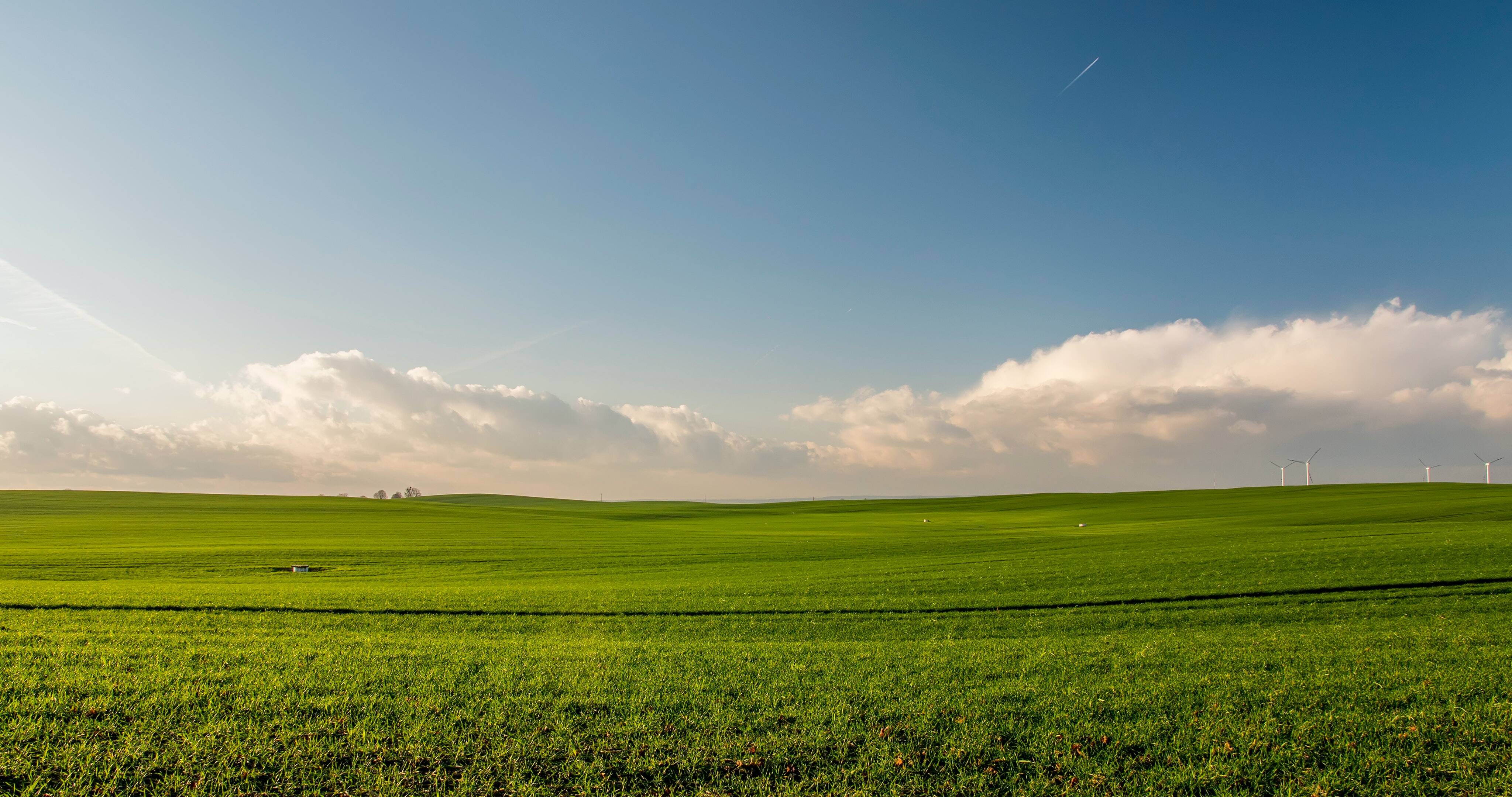What you Need to Know About Regenerative Systems and Their Potential Impact

At Net Impact, we have been exploring the theme of The Regenerative Economy. The building blocks of that regenerative economy are regenerative systems. So, what do these systems look like? What is their potential impact across industries and economic sectors?
What are regenerative systems?
Regenerative systems are built upon regenerative principles. Natural Capitalism Solutions has identified eight core principles that make up a regenerative economy.
- In Right Relationship: We are all interconnected. We are linked to each other and to our surroundings. This applies not only to humans but also to nature and even to businesses.
- Views Wealth Holistically: Wealth is not just money in the bank or financial capital. Wealth can also include social, cultural, natural, intellectual, or spiritual capital.
- Innovative, Adaptive, Responsive: Individuals and organizations thrive by facing challenges creatively. The ones who can adapt most readily are the ones who will survive.
- Empowered Participation: In an interdependent system, all parts must be in relation to the big picture. At the same time, each offers their own unique contributions. In other words, in the best systems everyone benefits.
- Honors Community and Place: A regenerative economy supports the health and well-being of communities and regions. It respects the individual and unique histories of these communities.
- Edge Effect Abundance: Innovation and abundance thrive at the edges of all systems.
- Robust Circulatory Flow: Resilient systems look at what we now call waste and find ways of creatively repurposing it for the greater good.
- Seeks Balance: Being in balance is essential to the overall good of people and the planet.
Regenerative systems are those in which each element is interconnected. Each relies on the others to maintain and thrive for the betterment of all.
What systems are not regenerative?
Business practices of the past have played a role in the degradation of social, economic, and ecological issues. They have focused on the bottom line - money. The results have had negative impacts on marginalized people and on the planet as a whole.
Dr. Samuel Myers, Harvard School of Public Health, and Founder, Planetary Health Alliance, has written: “These disruptions in the atmosphere, oceans, and across the terrestrial land surface are not only driving species to extinction, but they also pose serious threats to human health and wellbeing.”
For example, mining systems often dump waste in nearby streams to avoid paying the cost of safe disposal. This toxic waste contributes to more cases of cancer and birth defects. It also unduly affects people living in poverty. Unfair practices in the real estate and housing industries contribute to the racial wealth gap. Social media companies’ business practices have often amplified racism, polarization, and distrust. These practices undermine efforts to improve the common good.
How regenerative systems can make an impact
Business and economic policies that promote only financial growth must be changed in order to reverse their effect. Environmental and social issues create stresses not only on businesses but also on employees, customers, and suppliers. But, those who have prolonged these problems can step forward and correct them. The time is now for businesses to rethink their role in society and some are, committing themselves to this call for action.
Other industries where regenerative systems could make an impact
- Regenerative Agriculture replenishes and strengthens plants, the soil, and all surrounding nature. This can have a positive impact in unexpected ways, such as in the fashion industry.
- Regenerative Tourism is about more than just tourism. It includes redesigning business models to avoid damage and developing innovative ways to produce a positive impact on travel destinations. This is tourism that leaves a place better than before.
- Regenerative Design includes the use of healthier materials and resource-building strategies. These practices are better for the environment and for the planet as a whole.
To learn more about regenerative systems and the regenerative economy, be a part of our Regenerative Economy event series and join in the conversation.




